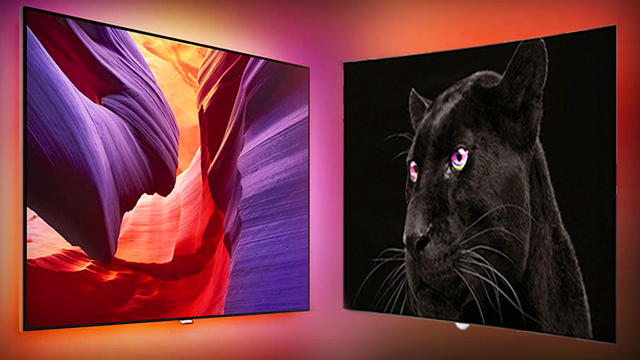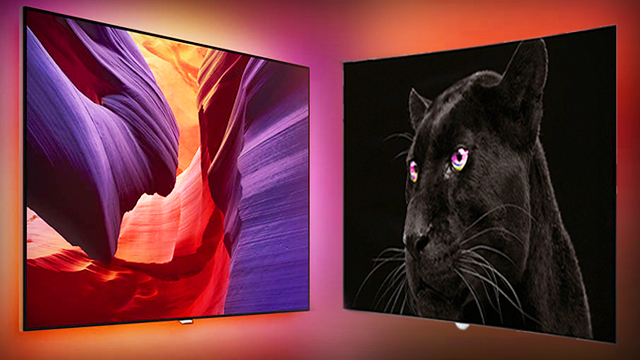Differences between LED and OLED
Ultra HD 4K resolution and High Dynamic Range (HDR) technology are gradually evolving and are becoming more common in TVs, monitors, mobile phones, and cameras. One of the competitors in these technologies is LED and OLED displays.
LED is the Light-emitting diode and the most common one in the market. LCDs found on TVs and smartphones are LED screens. LED doesn’t mean its shape and it refers to its lighting functions.

Photo source shorturl.at/mqINY
Along with LEDs, OLED (Organic Light-emitting diode) is used in high-end flagship phones such as the iPhone X and iPhone XS. It will also appear in High-end TV.
LED LCD Screens use the backlight to illuminate pixels but the pixels of the OLED can produce light on their own. The OLED Display can control the light of each pixel.
LED LCD Screens are brighter than OLED screen. The fact is better for TVs, but it’s also a good function for smartphones to use under sunlight. Brightness is usually measured in nits. iPhone X with OLED display has 625 nits brightness when LG G7 with LCD Display has 1000 nits and 2000 nits on TV. The light is important when using under the sunlight or watching videos while comparing with the surrounding. Video performance is also becoming more noticeable on TVs and on smartphones.

Photo source shorturl.at/mqINY
OLED screen can offer the best viewing angle as the pixels are close to the screen. The contrast will not drop at all while watching TV. For the smartphone, viewing angles have become even more important as we cannot always be aligned with our faces.
For LCDs, the viewing angles are not good but it also depends on the technology. Using a budget computer monitor and a cheaper smartphone can be quite different.
The LCD manufacturers are doing their best to fix the LCD with various limitations. However, surveys show that LCDs are better than OLEDs






